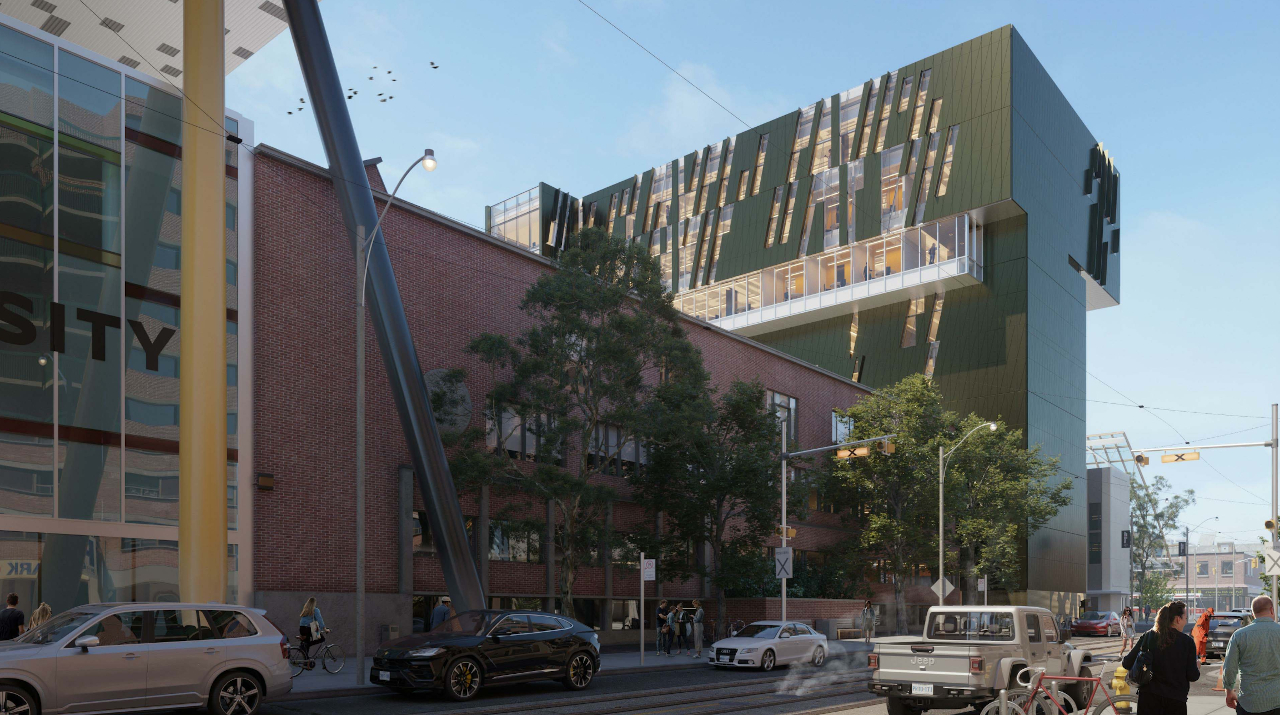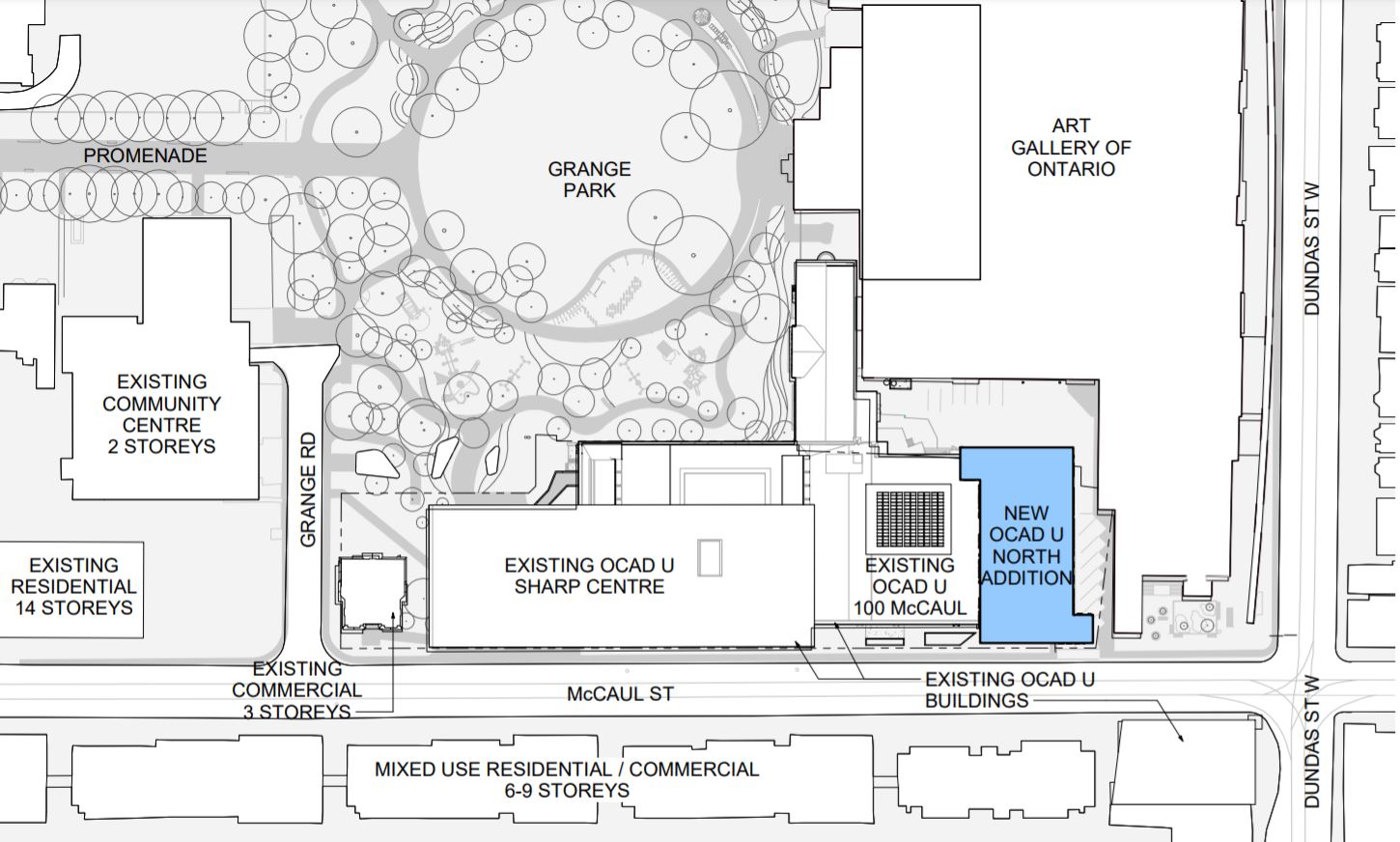Disappointing, if not expected, that it's just at AGO site. This could have been that "Catalytic Destination" that Waterfront Toronto has been planning for the Lower Don Lands.
I'm inclined to agree.
Though, I''m not dead set on moving all of AGO, its pre-existing collection is already vastly larger than what it can display; and should one of its chief patron's (Mr. Thomson) see fit provide
another chunk of his colllection, the space deficit on the existing site will only grow.
That, to me, leaves a problem, one I'm not sure is resolved by continual piecemeal additions grafted together, in an effort to squeeze every last inch out of their existing site.
There is a logic to AGO where it is, for historical reasons; and because OCAD is right there as well.
But I think it's long since time to consider a more wholistic solution for future needs.
The options:
1) Relocate AGO entirely; if locating outside the immediate area, a discussion could be had to move OCAD with them; or to separate them (spatially), and perhaps even giving the existing site over to OCAD.
2) Rebuild in-situ; but do so cohesively, with one big thought, figuring out the 100-year plan for institution's needs.
3) Split the institution, potentially as one institution/two buildings/sites, or dividing it up. Say, shift all the contemporary stuff to a restored Hearn (once we figure out transit access to that site) and keep the Masters/Group of 7 downtown?
We're AGO relocated, the existing site could:
1) Be devoted to the OCAD campus
2) Preserve only the heritage buildings on site, remove the rest, and extend Grange Park to Dundas as a signature downtown park.
All that said, I hope we do see a new signature building on the Waterfront as contemplated; an interesting adaptive use for the Hearn, and I wish the AGO well here in creating a high-quality addition which adds accretively
to the Gallery both functionally and aesthetically.

